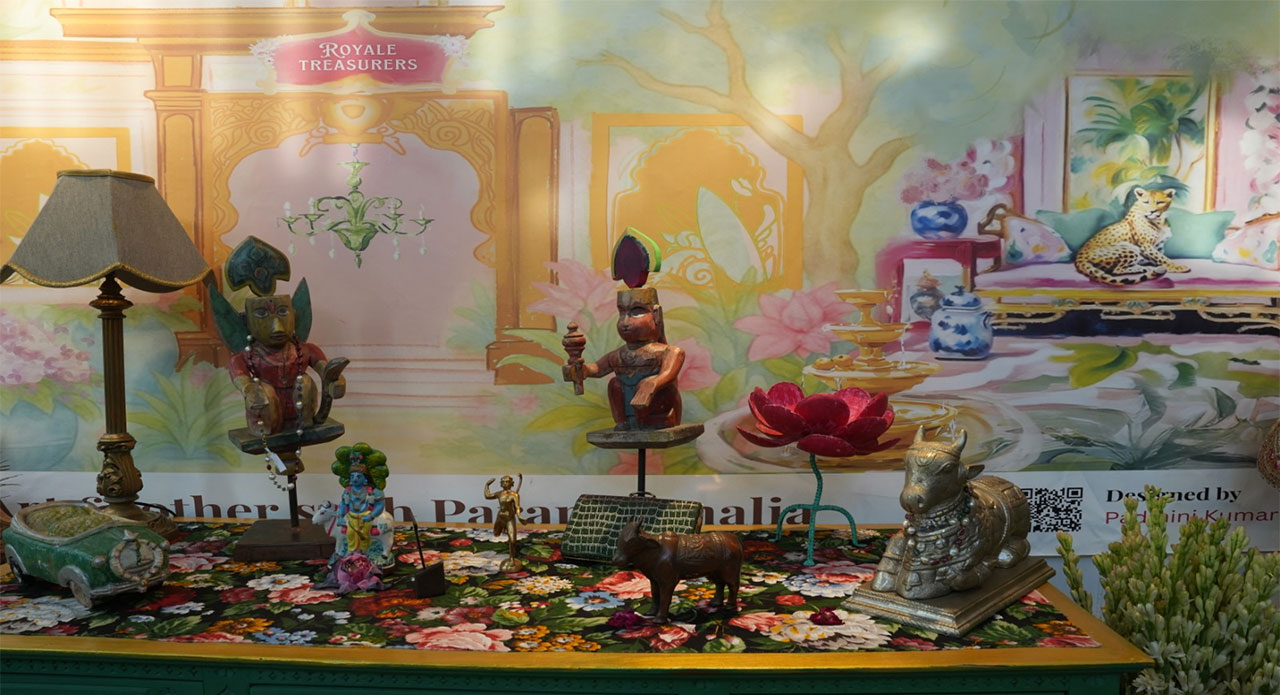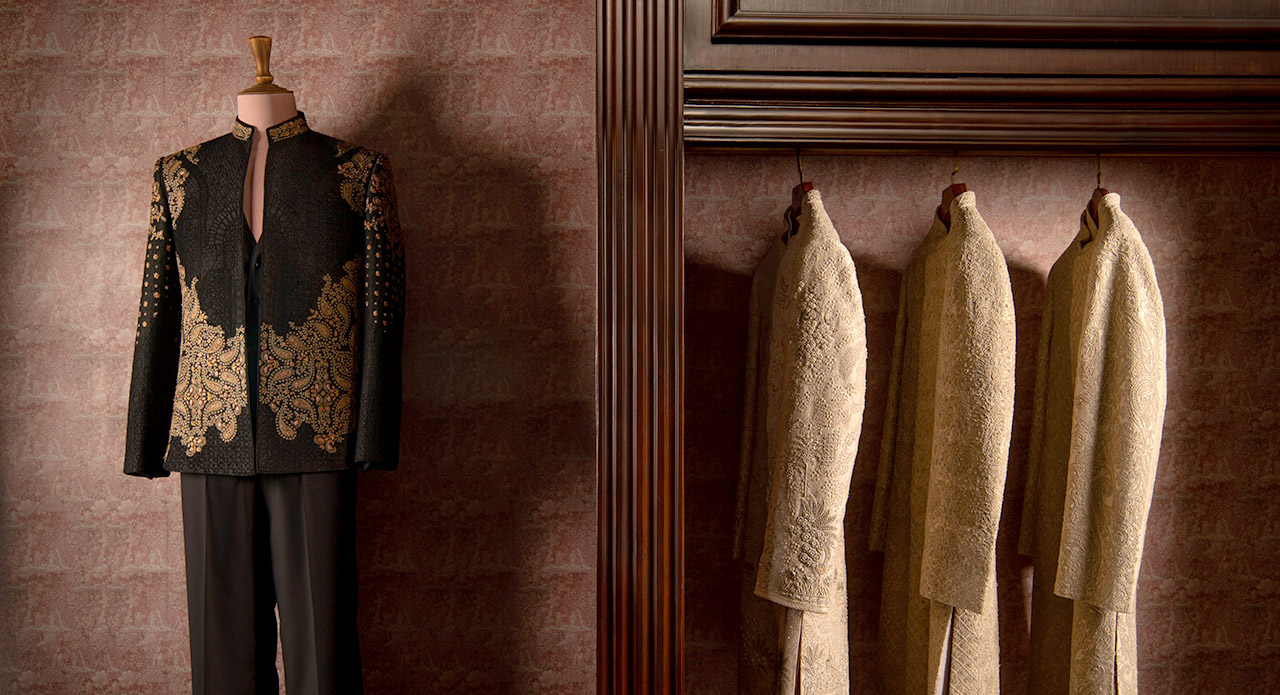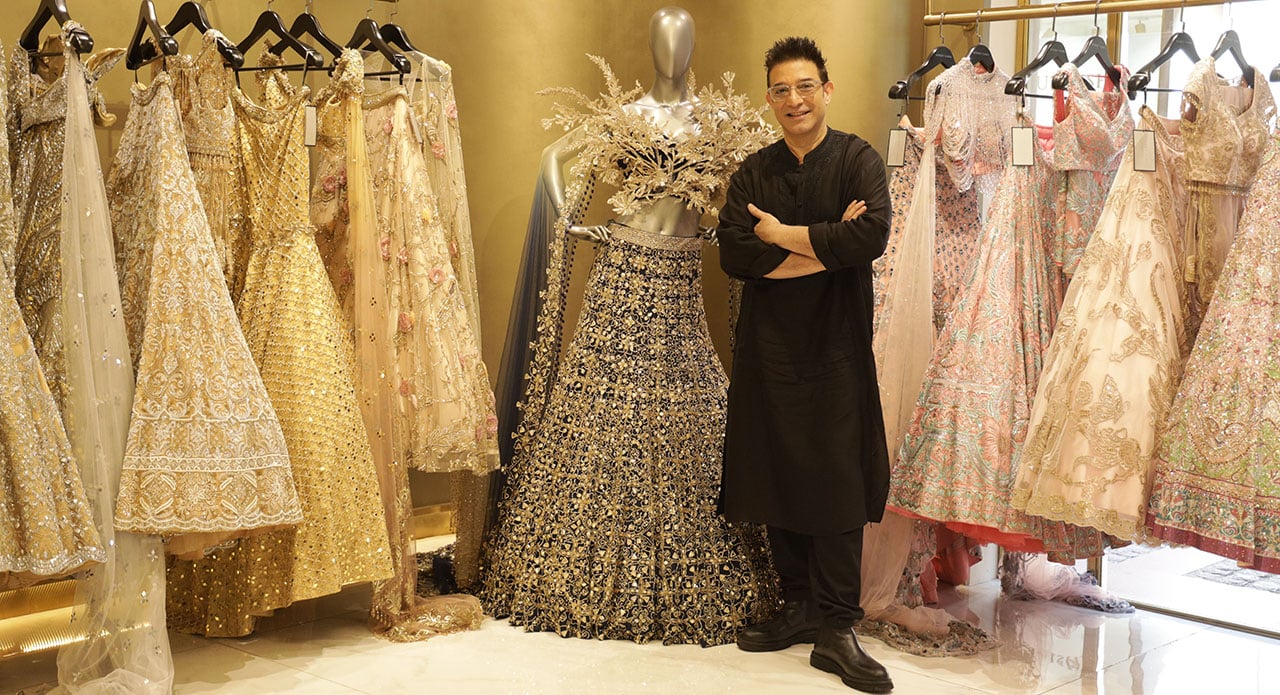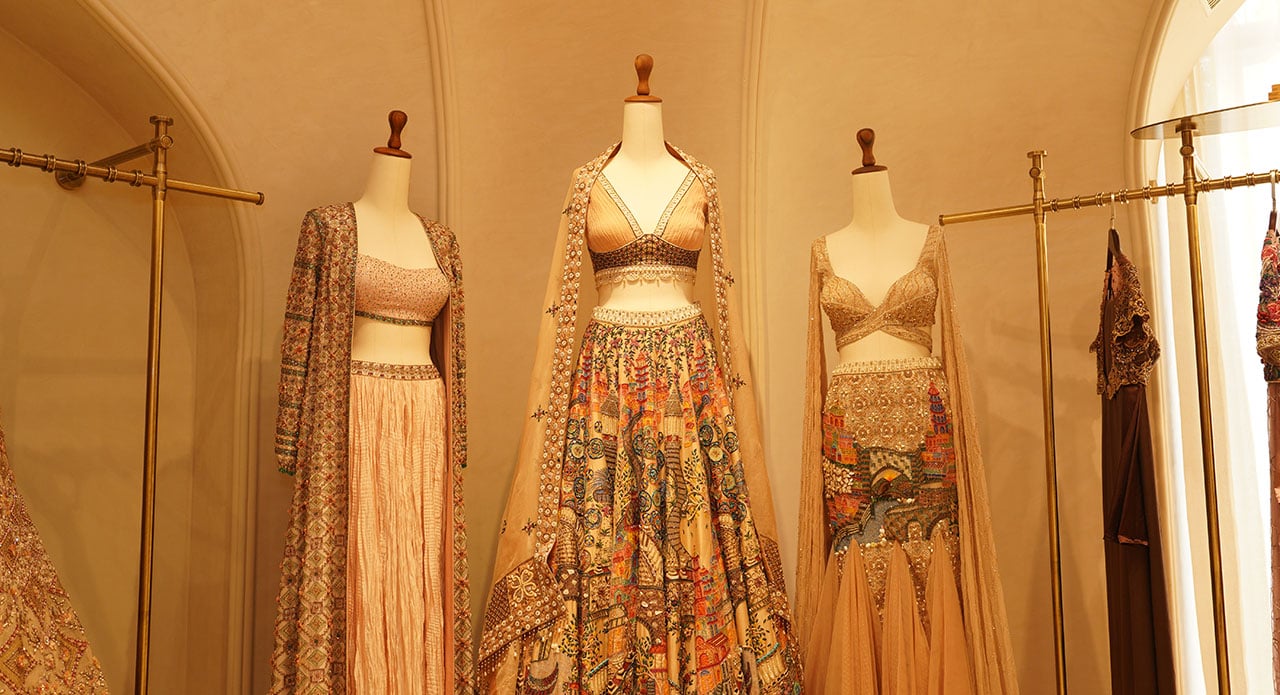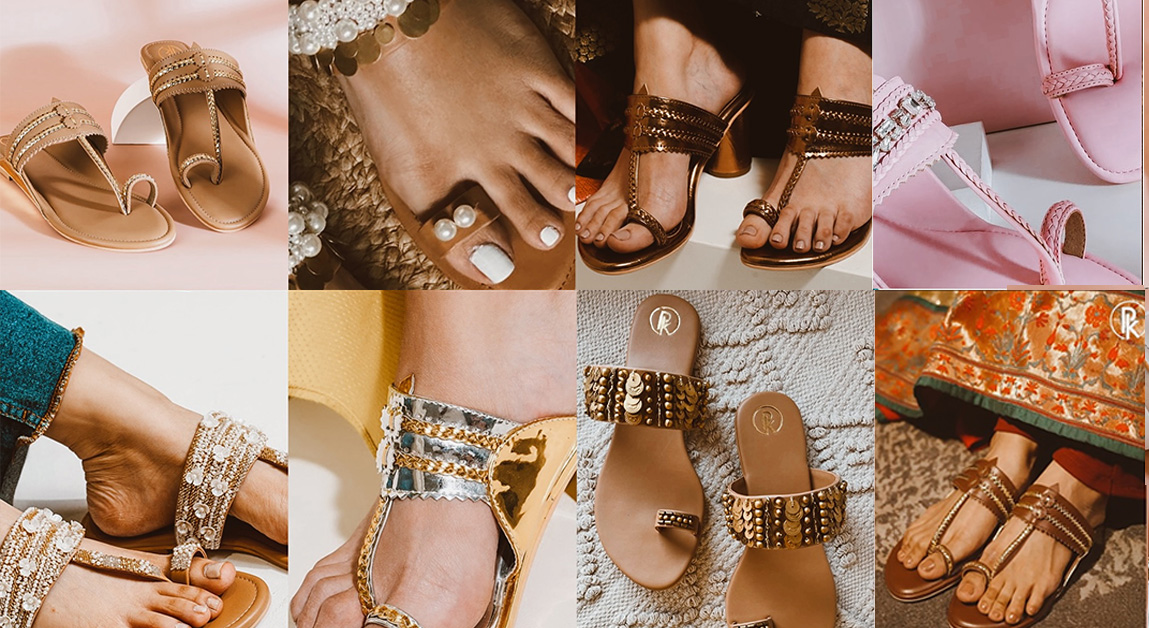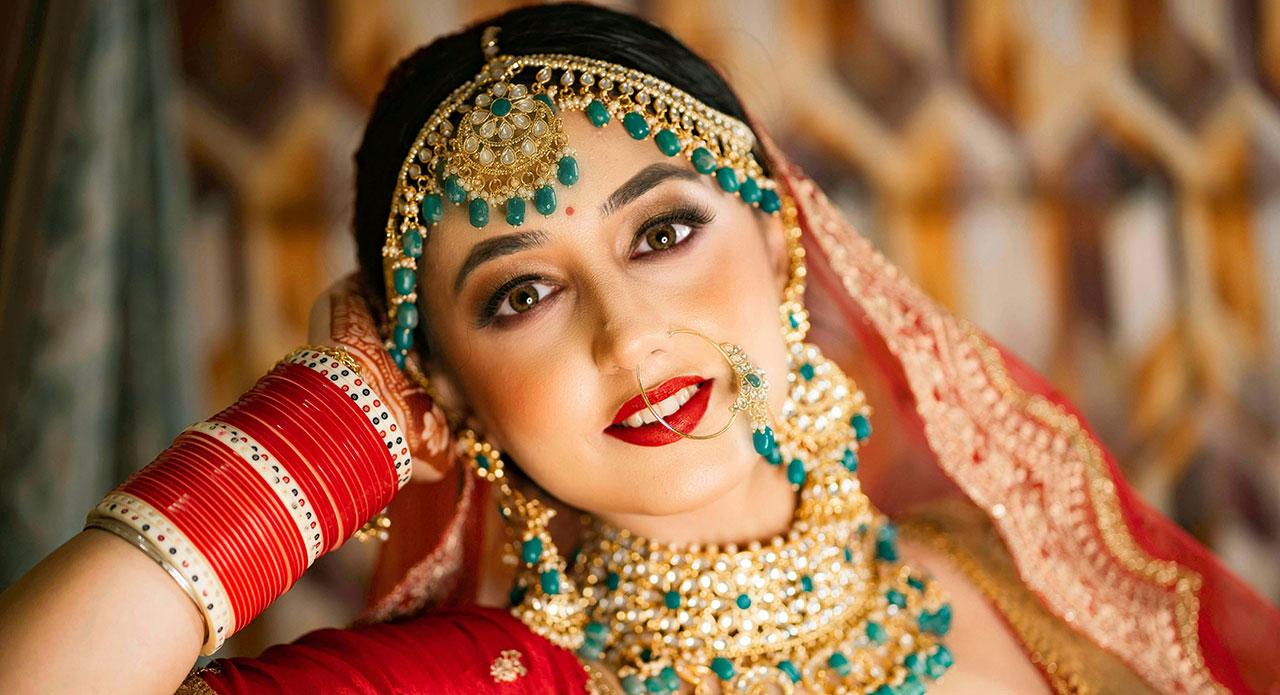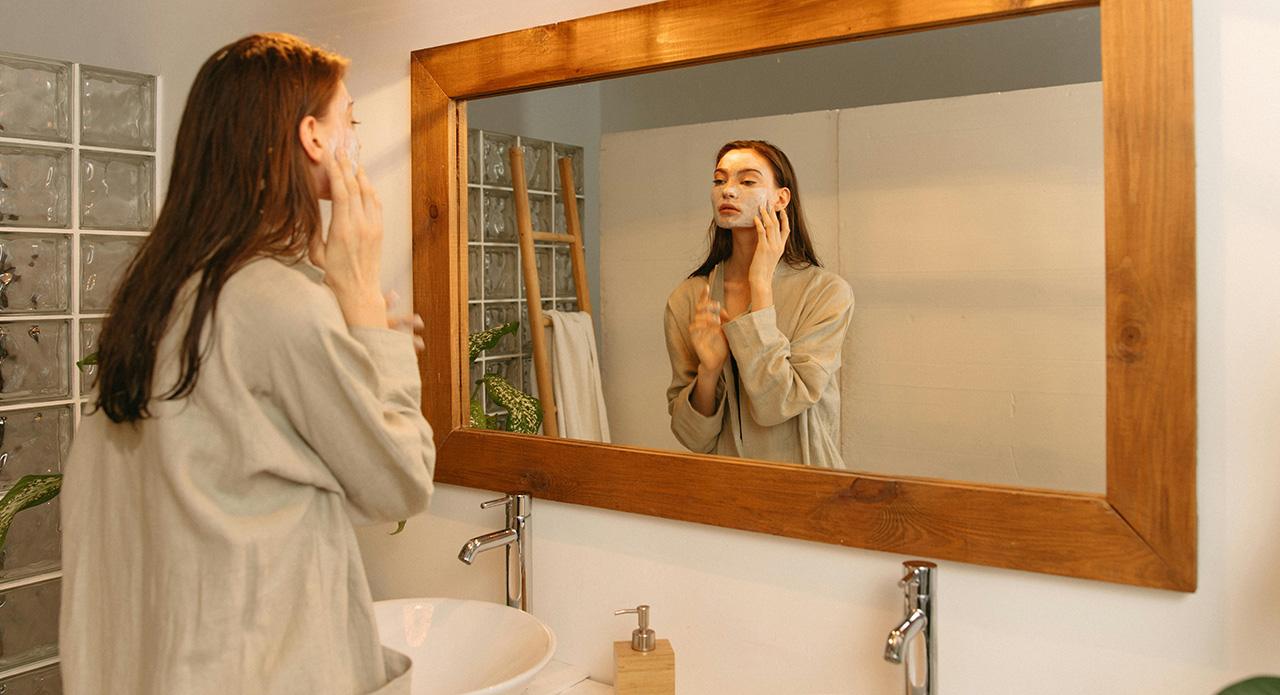Princely India’s legacy is one where luxury was lived, not just owned. Entering The Mansion at Hyatt Regency last weekend, we stepped into stories of India’s forgotten royal past. Intricate Pichwais from Kishangarh adorned the walls; fine gemstone and diamond jewellery from heritage brands once commissioned by Punjab’s kings reminded of regal opulence. A Kangra miniature from the Sansar Chand Museum chronicled tales of Pahari painting flourishing under Maharaja Sansar Chand. In the ballroom, displays of zari Benarasi weaves, Patolas, Kanjeevarams, and Paithanis whispered the stories of craft ateliers still alive in forts and palaces of India.
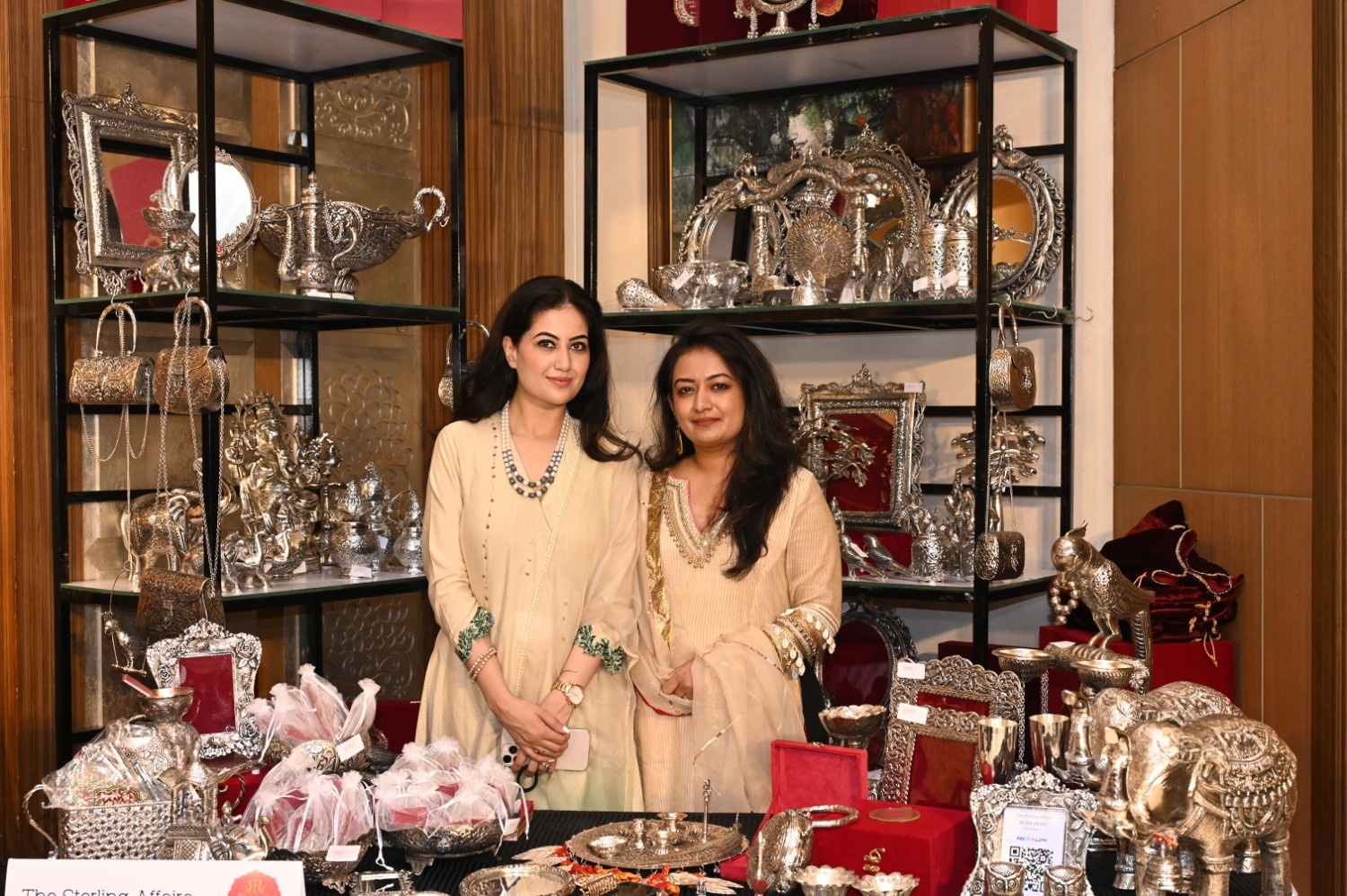
We were at the recently concluded 15th edition of Royal Fables, a luxury lifestyle exhibition celebrating craft, art, design, décor, and cuisine from Princely India. Curated by award-winning heritage revivalist Anshu Khanna and craft connoisseur Charu Singh, it featured heritage products from 21 palace ateliers, alongside heirloom couture, beauty range, accessories, artworks, and limited-edition collectibles from 50 Indian royals including Rajkumari Gitanjali Shah of Tehri Garhwal, Alka Rani Singh of Pratapgarh, Rani Archana Kumari Singh of Badnore, Princess Manjari Mishra of Ayodhya, Kunwar Yaduveer Singh of Bera, Nawab Kazim Ali Khan of Rampur, and others.
An India-first narrative
Founded in 2010 by Khanna, Royal Fables has evolved from having just 10 royals to 50 royals participating in this edition. “When I was consulting at DLF Emporio, they wanted me to execute something that’s luxurious yet Indian. That’s when I conceived the idea for Royal Fables. In this milestone 15th edition, we have royal families from Jaipur, Bikaner, Jodhpur, Rampur, Indore, Lunawada, and more. They’re reviving vintage chiffons, animal prints, Faizabad’s beaded jewellery, Kangra temple cuisine, natural ubtans and more. We’ve also dedicated a section to young blue-blooded creators because heritage thrives only through re-invention and youth engagement,” she said.
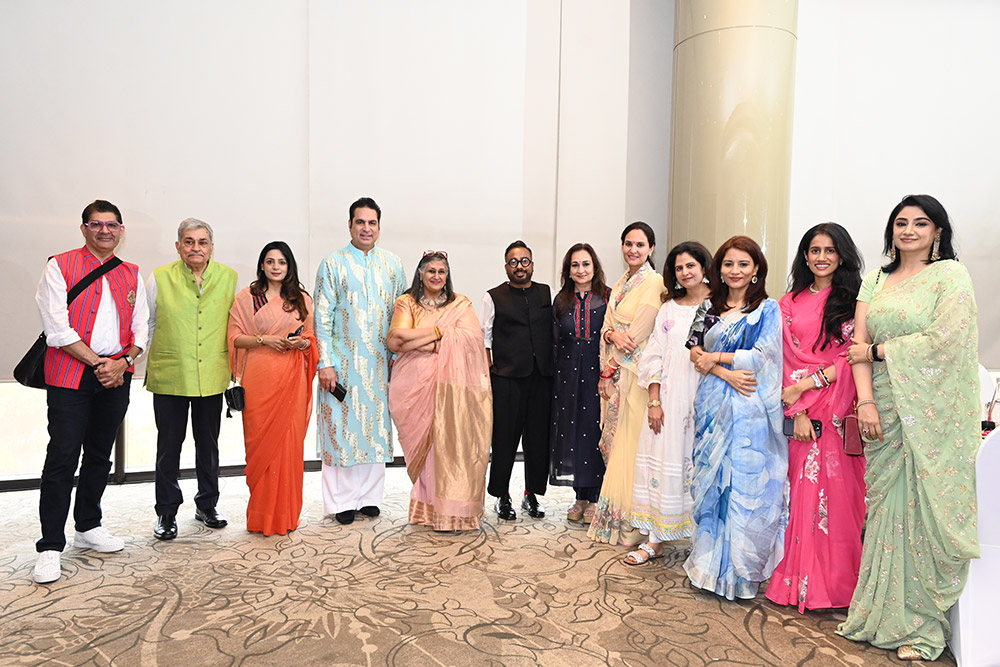
We walked through the highlights including automotive art by Princess Vidita Singh of Barwani, zari Benarasi textiles from House of Shilpi Gupta, exquisite bone china by luxe tableware brand Kaunteya, and chikankari pieces from Iktara Chikankari.
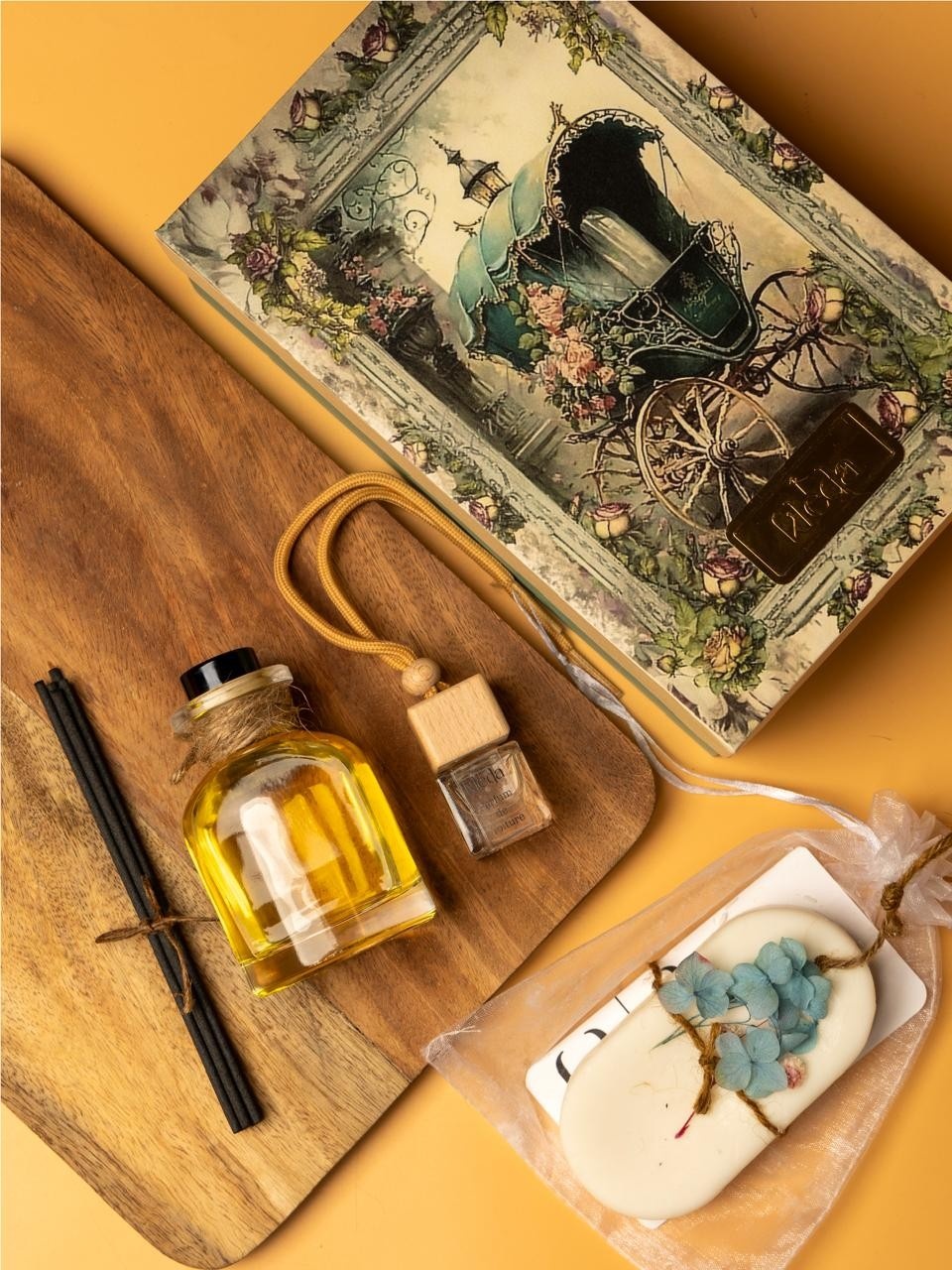
We met Alka Rani Singh, Princess of the erstwhile kingdom of Pratapgarh in Awadh, who is reviving ancient Indian beauty rituals through her natural beauty range ‘Saubhagya,’ tailored for brides. It featured hand-rolled kajals made of pure black carbon soot kneaded with ghee, ubtans with 36 ingredients fused with gold bhasm, silver bindi stamps, handcrafted neem and rosewood combs, and dupattas dyed with chemical-free turmeric. Most products were packaged with a silver fish motif symbolising auspiciousness, grace, and royal taste. “I feel the old beauty rituals of India are being forgotten. People are just resorting to quickly available, ready-made products. Whereas in ancient India, everything was artisanal, handmade and had a meaning attached to it. With ‘Saubhagya’, I am reviving the ancient wisdom of Indian beauty rituals. They are steeped in meaning, natural living and hand-crafted slow luxury,” she said.
View this post on Instagram
Young blue-blooded creators shine
This edition marked the debut of many young royals. Princess Mrinalini Kumari of Lunawada who launched her home-styling label just four months ago, presented cushion covers, table linens, cocktail napkins, lampshades, and furniture pieces printed with animal motifs inspired by the wildlife photography she did with her father. She also incorporated motifs from the 600-year-old Lunawada Palace of the Chalukya dynasty, including wall frescoes, lattice work, carvings, flooring, and tile designs. “More than just the product, the younger generation also cares more about where everything comes from, who is making it, and whether is it eco-friendly. We’re gradually coming out of fast fashion and appreciating the made in India narrative.”
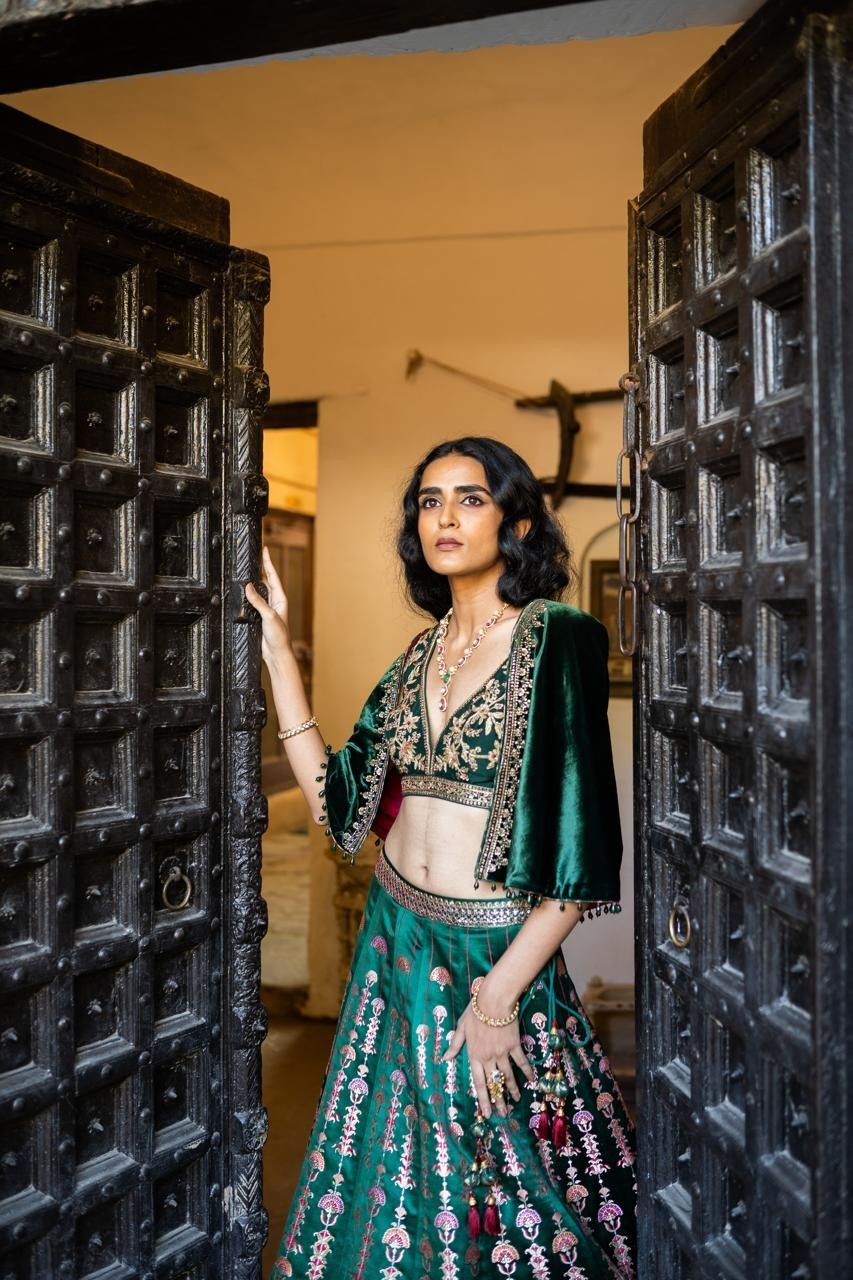
Rajkumari Kamalakshi Singh of Kangra brought miniature paintings inspired by Valley’s flora, fauna, and birds. Being from Uttar Pradesh and married into the Kangra royal family, she drew from the latter’s rich biodiversity and terrain. “I am also learning Kangra miniature painting patronised by Maharaja Sansar Chand. He commissioned around 40,000 Kangra miniatures in his reign that further flourished the art form. And as a young royal, we’re custodians of culture to keep such legacy alive,” she said.
True luxury is ‘quiet’
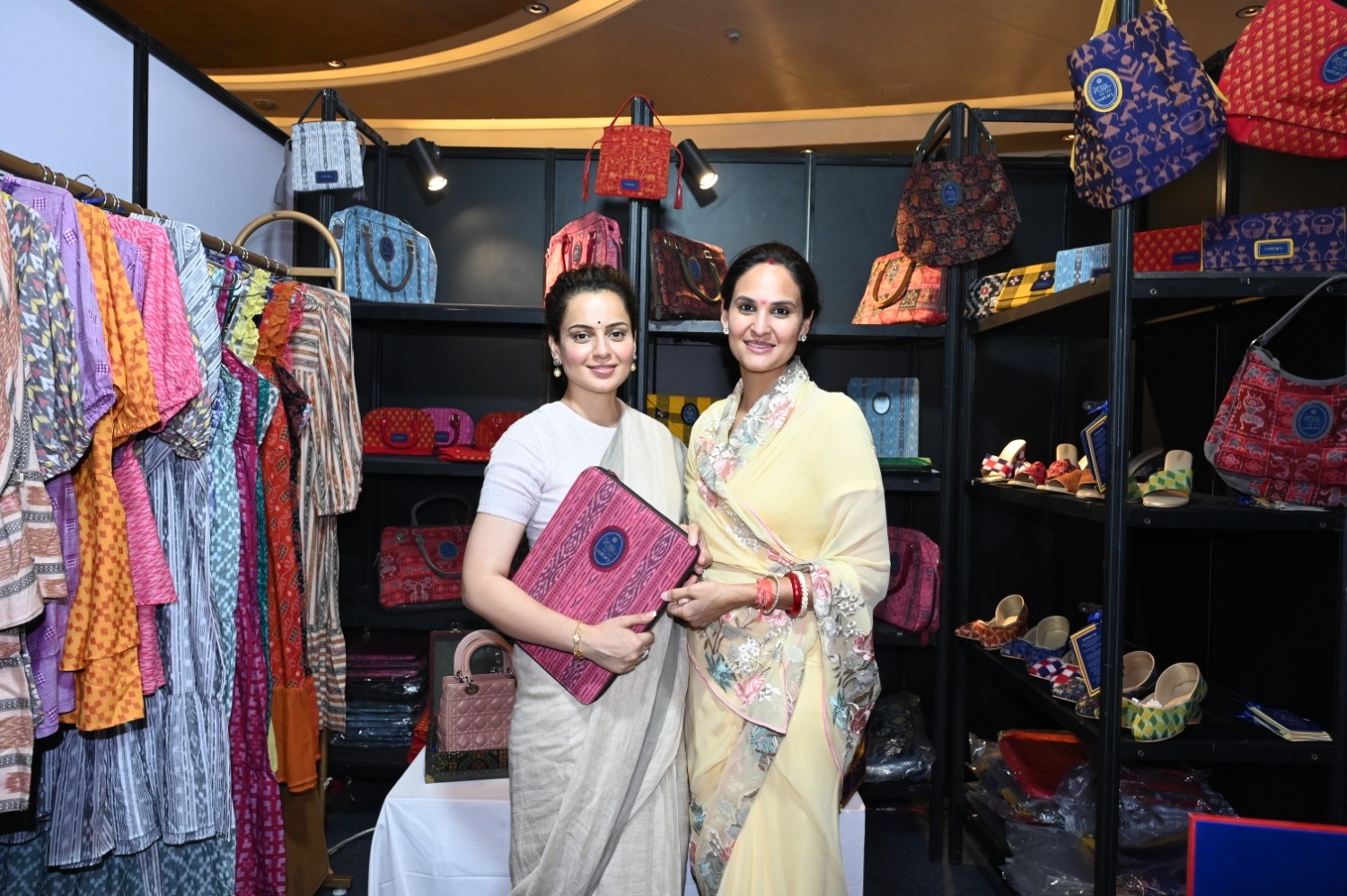
Post-pandemic, luxury is viewed anew: quiet, eco-conscious, handcrafted, and meaningful. “Luxury is no longer about excess; it’s about authenticity, craftsmanship, and meaningful experiences. People want the story behind what they wear or collect. The pandemic deepened this shift, making heritage, sustainability, and artistry the true markers of lasting luxury,” said Charu Singh, Curator, Royal Fables.
Khanna added that popular cinema, like Sanjay Leela Bhansali’s period dramas and TV shows such as The Royals, often portray Indian royalty “problematically” by either “trivialising” them or depicting them as excessively “opulent” in depiction. “But in reality, if you look at Rajkumaris, Yuvranis, or Maharanis, none of them are even wearing a bright colour. They’re so subtle in appearance and demeanour and want to keep the authenticity. True luxury is quiet and slow. It’s exclusive, handmade, and not instantly accessible with a quick online click. It takes time, and I’m willing to wait for it,” Khanna concluded.
